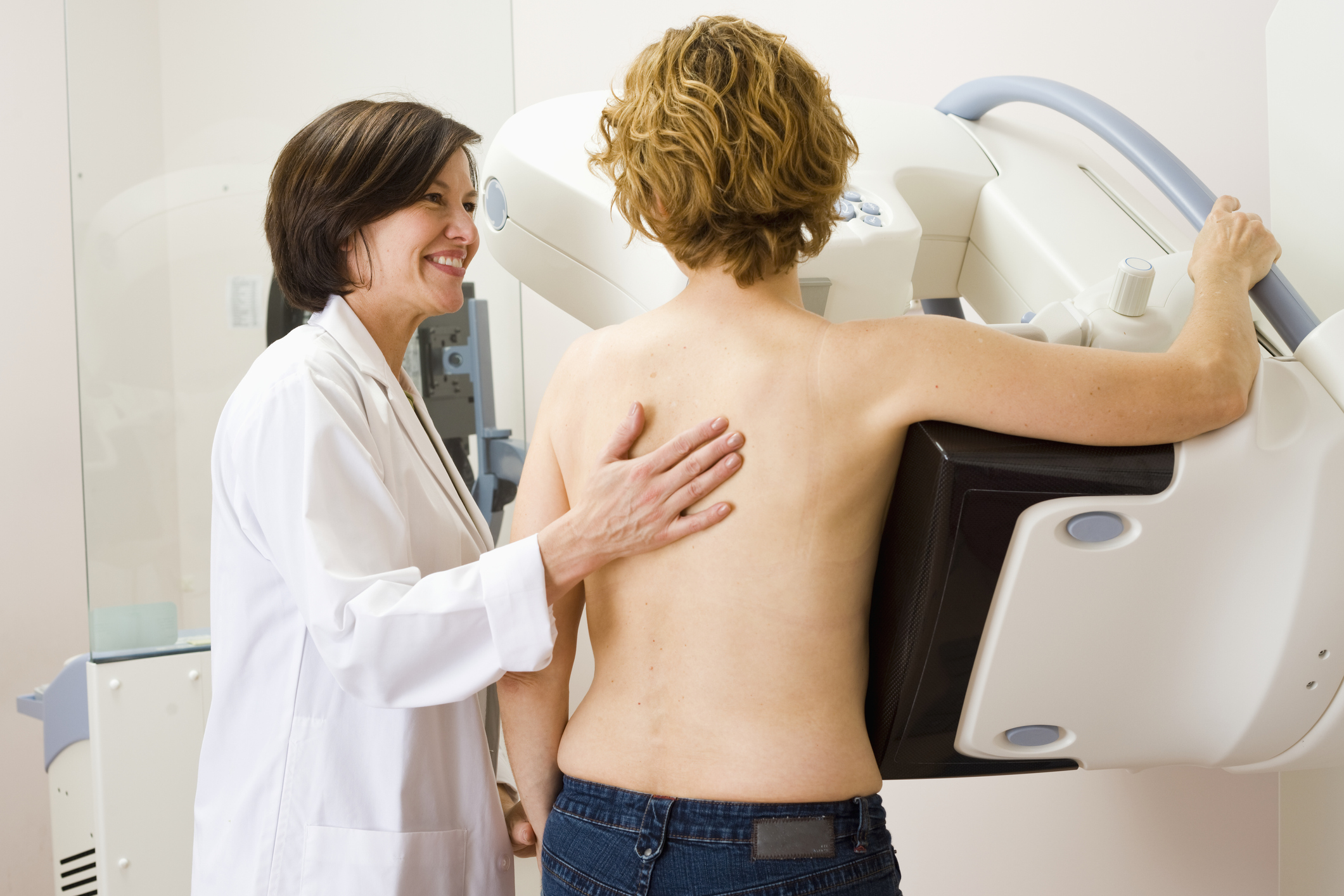Regaining Normalcy Through Treatment
- A beloved elementary school principal battling two cancer had a heartwarming homecoming from her excited students.
- Though she is still receiving treatment, she is gaining back normalcy by returning to work – which many cancer survivors seek in their journey.
- Experts generally agree women should have annual mammograms between 45 and 54. But when and how often you do choose to get mammograms is a personal decision with your doctor.
- If you fit into the high-risk category, meaning you have a first-degree relative who has had breast cancer, have the BRCA1 or BRCA2 gene mutation, or had radiation to the chest area when you were young, you should start yearly mammogram screening as early as age 30.
- Cancer patients with a strong support system tend to manage their treatment better.
Leslie Mason took an eight-week hiatus from Thomas Mifflin school in Philadelphia, Pennsylvania, to undergo chemotherapy. In addition to her leukemia, WPVI reports she had been battling her second bout of breast cancer.
Read More
"When a person has a cancer of the bone marrow such as acute myeloid leukemia … instead of being a cancer in the breast where someone develops a lump or a cancer in the lungs where someone develops a mass, with these sorts of liquid tumors the cells grow in a very confined space within the bone marrow," Dr. Mikkael Sekeres explained to SurvivorNet.
"As those cancer cells grow, those normal bone marrow cells that make red blood cells, white blood cells, and the platelets start to die off and bone marrow gets filled with cancer cells," Sekeres added.
Regaining Normalcy
As the school principal’s life regains some normalcy, she's grateful for the support of her students, faculty and staff. Even though her cancer journey is not finished, Mason is pleased to have dozens of supporters helping her each step of the way.
"The comeback is always stronger than the setback," Mason said.
Cancer patients with a strong support system tend to manage their treatment better.
"There's a number of common things cancer patients can experience, such as anxiety, depression, financial toxicity, social isolation and sometimes even PTSD," Dr. Shelly Tworoger, a researcher at Moffitt Cancer Center told SurvivorNet.
"I would tell anyone in the same position that no one fights alone," Mason said.
Breast Cancer Risk Factors
Excluding skin cancers, breast cancer is the second most common cancer in American women.
"The most common risk factor for breast cancer is getting older … because breast cancer becomes increasingly more common as women age," SurvivorNet medical advisor, Dr. Elizabeth Comen said.
Family history influences a person's chances of getting breast cancer from both the mother and the father. Other risk factors include having had a prior biopsy for an area which indicates any abnormalities and prior radiation exposure.
"Some lifestyle factors to think about…such as being obese… and drinking," are areas that can influence breast cancer, Comen went on to say.
Breast Cancer Symptoms
Medical experts say breast cancer symptoms can present a few different ways. New lumps in the breast or underarm are common symptoms of breast cancer. Swelling, skin dimpling or peeling of the breasts are other visual cues women should be looking out for when checking for signs of breast cancer.
"For some women that means going to their doctor and walking through what a self-breast exam looks like, so they know what normal breast tissue feels like so if they do feel something abnormal whether it's a lump or discharge from the nipple they know what to ask and what to look for," Comen said.

Breast Cancer Screening
Mammograms are used to screen for breast cancer. Dr. Connie Lehman, Chief of the Breast Imaging Clinic at Massachusetts General Hospital and professor of Radiology at Harvard Medical School, suggests women who haven't gone through menopause get a mammogram every year. After menopause, getting a mammogram every two years is acceptable.
"Regular screening mammography saves lives," Lehman said.
While experts generally agree that women should have annual mammograms between the ages of 45 and 54, there is some disagreement among doctors as to whether mammograms are beneficial for women between the ages of 40 and 45. This is an option you should, of course, discuss with your own doctor. If you're older than 55, you can choose to continue your annual mammograms or opt to have one every two years.
Again, when and how often you get a mammogram is your choice and should be carefully considered with your doctor. If you fit into the high-risk category, meaning you have a first-degree relative who has had breast cancer, have the BRCA1 or BRCA2 gene mutation, or had radiation to the chest area when you were young, Dr. Lehman says you should start yearly mammogram screening as early as age 30.
If you have dense breasts, a traditional 2D mammogram may have difficulty detecting breast cancer. So getting a 3D mammogram is reccommended to help make sure any concerning signs are found. The FDA recently said that mammogram centers will soon be required to tell women if they have dense breasts, so those women can then take the necessary next steps for more scans or tests.
Learn more about SurvivorNet's rigorous medical review process.

